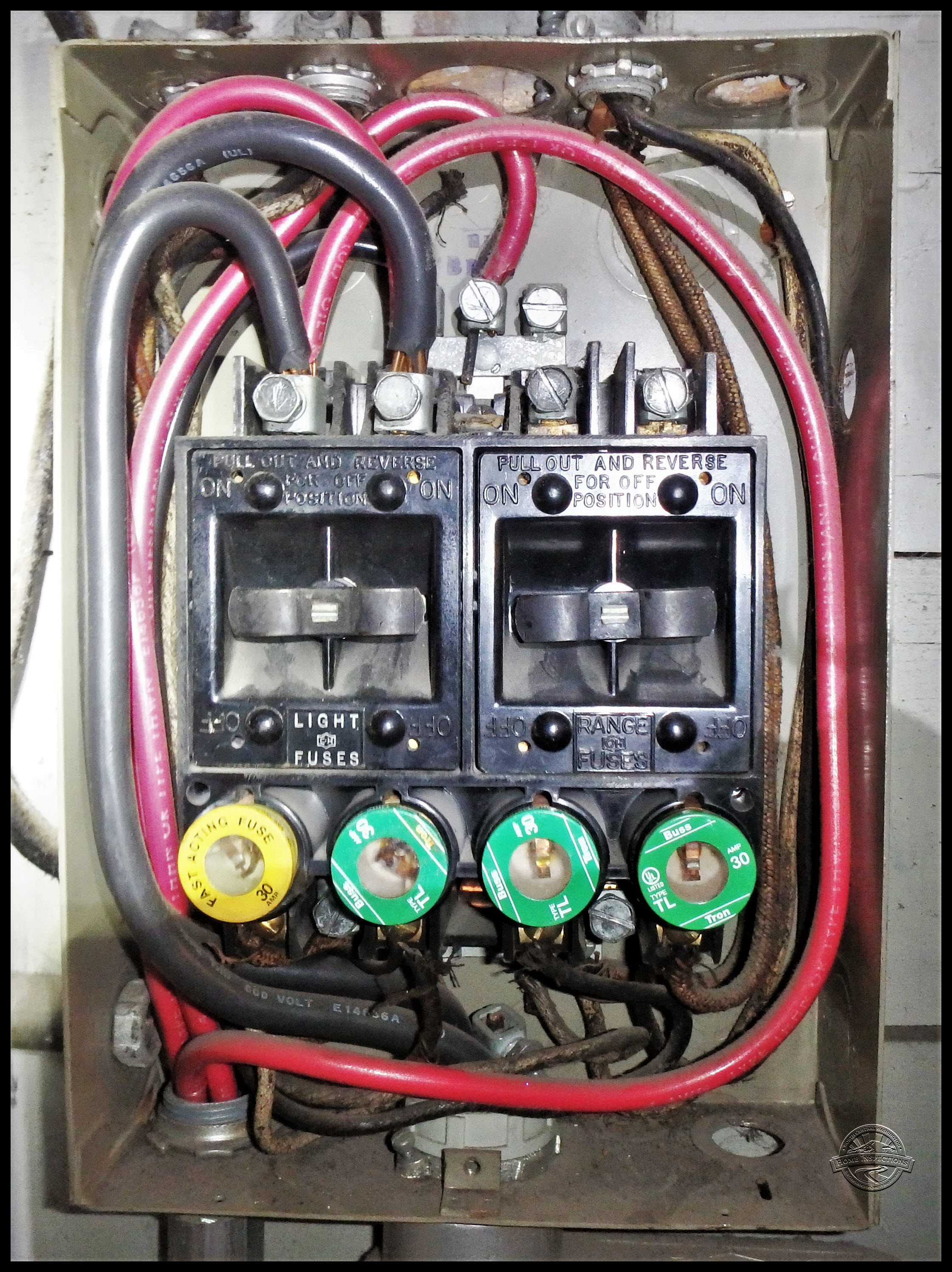Mind your P’s, Q’s and S-Fuses


Many will have issues with what is referred to as “Edison-Base” fuses because they can be tampered with so easily. Then then there is just convenience, when a circuit trips with any fuse you have to replace the fuse.
What often happens in these older installation is the fuse gets replaced with an incorrect fuse size that can lead to a dangerous situation.
The fuse should be the weak link in the chain and when something goes wrong. The fuse element needs to blow and protect the circuit. If you put a larger fuse than what the circuit is designed for then you run the risk of the wire now being the weak link and it can melt and cause a fire. Not a good situation.
Here is the code as it pertains to the Edison Fuses
From the 2014/2017 NEC
240.51 Edison-Base Fuses
(A) Classification.
Plug fuses of the Edison-base type shall be classified at not over 125 volts and 30 amperes and below.
(B) Replacement Only.
Plug fuses of the Edison-base type shall be used only for replacements in existing installations where there is no evidence of overfusing or tampering.
Below is an example of circuits being over-fused. We have 30 amp fuses on lighting circuits. Lighting/convenience receptacle circuits that can be no larger than 20 or 15 amp depending on the wire gauge.


(Note: There is much more going one here than just the fuses)
As you can see in this code section it state that you can use Edison-Base fuses only as replacement when there is no evidence of over-fusing or tampering.
Since these circuits have fuses that are “Over-Fused” so we move into a new rule.

240.52 Edison-Base Fuseholders
Fuseholders of the Edison-base type shall be installed only where they are made to accept Type S fuses by the use of adapters.

240.53 Type S Fuses
Type S fuses shall be of the plug type and shall comply with 240.53(A) and (B).
(A) Classification.
Type S fuses shall be classified at not over 125 volts and 0 to 15 amperes, 16 to 20 amperes, and 21 to 30 amperes.
(B) Noninterchangeable.
Type S fuses of an ampere classification as specified in 240.53(A) shall not be interchangeable with a lower ampere classification. They shall be designed so that they cannot be used in any fuseholder other than a Type S fuseholder or a fuseholder with a Type S adapter inserted.
240.54 Type S Fuses, Adapters, and Fuseholders
(A) To Fit Edison-Base Fuseholders.
Type S adapters shall fit Edison-base fuseholders.
(B) To Fit Type S Fuses Only.
Type S fuseholders and adapters shall be designed so that either the fuseholder itself or the fuseholder with a Type S adapter inserted cannot be used for any fuse other than a Type S fuse.
(C) Nonremovable.
Type S adapters shall be designed so that once inserted in a fuse holder, they cannot be removed.
So now we have to use an “S” adapter to ensure that only the proper fuse size can be installed.
Another option and the best option is to upgrade the panel to a newer one with circuit breakers and clean up several of the issues present in this specific installation.
If you find any errors or have additional information that would expand on any code, building standards or manufacturer requirements please let me know.
NCW Home Inspections, LLC is a Licensed Washington State Home Inspection service located in Wenatchee Washington serving Chelan County, Douglas County, Kittitas County, Okanogan County and Grant County Washington and the cities of Wenatchee, Leavenworth, Cashmere, Oroville, Cle Elum, East Wenatchee, Quincy and many more…
Your Wenatchee and Chelan Professional Real Estate, Home and Structural Pest Inspection Service
Instructor- Fundamentals of Home Inspection- Bellingham Technical College
WA Home Inspector Advisory Licensing Board
www.ncwhomeinspections.com 509-670-9572
You can follow me on Facebook, Twitter, Google+ and on my website Blog.





